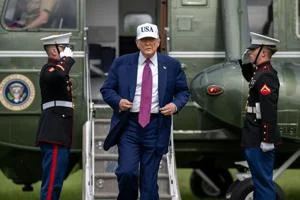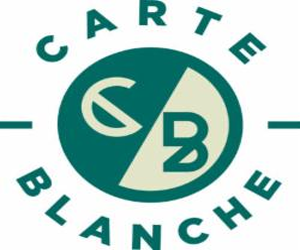One year after the attempted assassination of now-President Donald Trump at a campaign rally in Butler, Pennsylvania, the motives of shooter Thomas Matthew Crooks remain elusive, even as more details have emerged.
The U.S. Secret Service, meanwhile, has initiated or implemented dozens of operational reforms since that day, which critics had deemed a “stunning failure” on the part of the agency.
Crooks, a 20-year-old Bethel Park resident, fired eight rounds at the Republican presidential candidate on July 13, 2024, after climbing onto the roof of the AGR building, a manufacturing plant located 130 yards away from the Butler Farm Show grounds stage.
One of the bullets grazed Trump’s ear before he ducked and USSS agents surrounded him. Two rallygoers were injured and a third, firefighter Corey Comperatore, was killed before a Secret Service sniper took out Crooks.
After escorting the fist-pumping Republican to an armored vehicle, agents found the gunman’s body, the AR-style 556 rifle used (which legally belonged to Crooks’ father), and Crooks’ car, which contained crude explosive devices.
Follow-up investigations revealed that Crooks was a member of a local gun club – which condemned the shooting – and was known by former classmates as a “loner” who was bullied in school. The FBI also found signs that Crooks was “strikingly intelligent,” having scored higher than 1500 on his pre-college SAT test, according to ABC news.
He lived with his parents, both licensed counselors at the time, and was never diagnosed with a mental health disorder. After interviews with his family, classmates, and community members, however, the FBI believes that undiagnosed mental health issues likely played a role in Crooks’ actions.
An autopsy found no drugs or alcohol in Crooks’ system at the time of his death, while the shooter’s digital footprint from 2019 to 2024 revealed no clear indication of ideological motivations. FBI agent Kevin Rojek later told reporters that the shooter’s internet activity indicated “a mixture of ideologies.” Crooks was a registered Republican but donated $15 to the Democratic political action committee ActBlue in 2021, per media reports.
According to the FBI, Crooks’ search history revealed an interest in homemade explosives as early as 16 years old, when he searched phrases such as “how to make a bomb from fertilizer” and “how do remote detonators work” in September 2019. From April 2024 onward, Crooks began researching upcoming campaign events for both Trump and then-President Joe Biden.
Beginning in July, Crooks collected details on Trump’s upcoming rally in Butler. He registered on July 6 for the event and that same day searched “How far was Oswald from Kennedy?”, “Where will Trump speak from at Butler Farm Show?”, “Butler Farm Show podium”, and “Butler Farm Show photos.”
Two hours before the event began on July 13, 2024, Crooks flew a drone over the Farm Show grounds, likely “to assess the security posture at the event,” according to the FBI’s flight path analysis.
Given the proximity of the AGR building to the open stage, the roof’s unobstructed view, and the ease of roof accessibility (Crooks reached the roof by stepping on two air conditioning units), the USSS’s lack of security detail in the area on the day of the event raised indignant questions during investigative hearings that followed the assassination attempt.
Both congressional investigations and an agency analysis revealed a cascade of communication and operational failures before and during the rally, as The Center Square reported.
Among other errors, the USSS failed to clearly define planning and security responsibilities on the day of the event; did not effectively coordinate with state and local law enforcement; failed to fix radio and drone system technical problems; and denied requests for additional surveillance resources that would have enhanced perimeter security.
The agency also neglected to effectively cover the AGR building, despite identifying its proximity and line-of-sight to the event stage as a security concern. More egregiously, the USSS failed to communicate reports from local law enforcement just minutes before the shooting that a “suspicious person” with a rangefinder was near the AGR building and then positioned himself on the roof.
After a disastrous congressional hearing following the thwarted assassination, USSS Director Kimberly Cheatle resigned. After winning the 2024 election, Trump replaced her with Sean Curran, one of the agents who physically shielded Trump immediately after the shooting started.
Since then, the USSS has enacted numerous changes to its security protocol, including requiring that all operations plans for such events be coordinated and shared with state and local law enforcement; documenting and increasing coverage of all line-of-site vulnerabilities; providing better training curriculum; and ensuring that strategies are in place when drone, radio or other technology systems fail.
The full list of reforms, announced Thursday, can be found here.
“Since President Trump appointed me as director of the United States Secret Service, I have kept my experience on July 13 top of mind, and the agency has taken many steps to ensure such an event can never be repeated in the future,” Curran said in a statement that also included condolences to Compertore’s family.
“Nothing is more important to the Secret Service than the safety and security of our protectees,” he added. “As director, I am committed to ensuring our agency is fully equipped, resourced, and aligned to carry out our important mission each and every day.”






